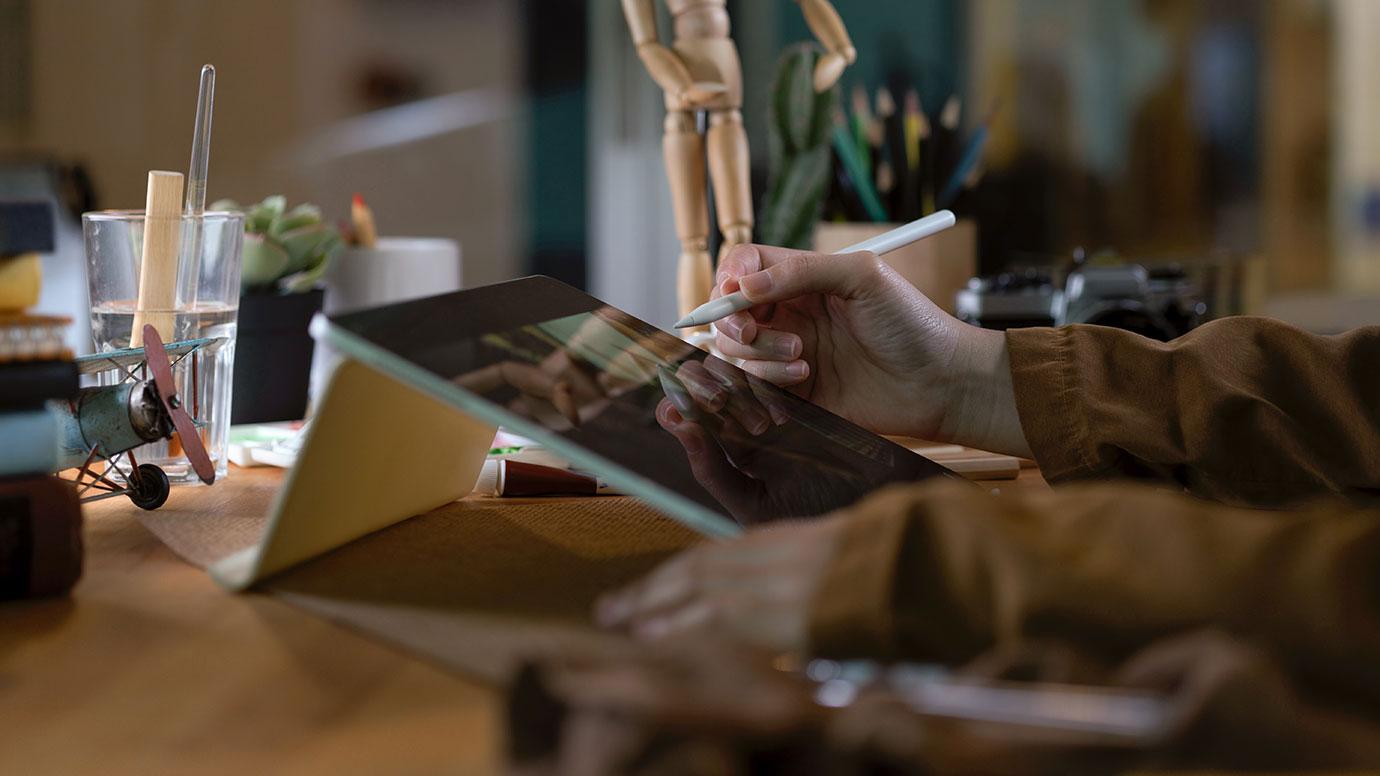In today’s digital age, education has evolved to incorporate tools and resources that transform the way students interact with knowledge. Among these innovations, digital platforms for visual art have gained prominence, allowing educators and students to explore creativity in entirely new ways. These tools not only facilitate art learning but also encourage individual expression and online collaboration among multiple users. Using these platforms opens up a wide range of possibilities for distance learning and the development of visual skills.

This article explores the various digital platforms for visual art in education, analyzing their features, benefits, and the impact they can have on student learning. As technology continues to advance, educators and students must know how to leverage these resources. From creating works to art critique and the inclusion of collaboration tools, we will explore the synergy between education and technology in the field of visual art.
The importance of visual art in education
Visual art is not just an aesthetic expression; it is a vital form of communication and critical thinking that plays a crucial role in education. Through the creation and analysis of artworks, students develop essential cognitive skills such as observation, interpretation, and reasoning. These skills are transferable and can be applied across diverse disciplines, fostering an interdisciplinary education that prepares students for an interconnected world.
Furthermore, visual art promotes creativity and self-expression, aspects that are fundamental to students’ emotional and social development. By using digital platforms, educators have the opportunity to enrich their teaching by integrating technology into the educational process. This not only captures the attention of younger students, who are accustomed to interacting with digital devices, but also provides them with tools to express their ideas more fully and effectively.
Characteristics of digital platforms for visual art
Digital platforms for visual art in education offer a variety of features that make them engaging and useful. Among these, ease of use is perhaps the most relevant. Most of these platforms come with intuitive interfaces that allow users to navigate easily, which is crucial for students of various ages and skill levels. This accessibility facilitates the incorporation of visual art into the educational curriculum, allowing educators to integrate these tools without needing to be technology experts.
Another important feature is the variety of work formats they allow. Many digital platforms support different media, from 2D and 3D drawings to video art and photomontages. This means students can experiment with various artistic techniques and styles, expanding their understanding and skills in the field of art. Furthermore, the ability to share work through these platforms fosters a sense of community and collaboration among students, which is essential to the educational process.
Examples of prominent digital platforms
TMultiple digital platforms haveestablished themselves in the field of arts education. One of the most notable examples is Canva, a graphic design tool that allows users to create a wide range of visual materials. With its library of templates and resources, students can enhance their visual projects in a way that fosters creativity. It also has collaboration features that allow multiple users to work simultaneously on the same project, which is ideal for group projects.
Another significant platform in the educational world is Padlet This tool allows students and teachers to create digital murals where they can share ideas and artwork. Padlet’s flexibility in terms of the types of content that can be embedded (images, videos, links, text, etc.) makes it an ideal space for organizing resources and presenting work inengagingly and dynamicallyBy involving students in the process of creating these murals, greater participation and engagement with their learning is encouraged.
Benefits of using digital platforms for visual art
Adopting digital platforms for visual art in education offers several benefits that go beyond the mere use of technology. One of the most significant is accessibility. By using digital resources, students can access learning materials anytime, anywhere, democratizing education and allowing those with limited geographical or resource resources to participate in artistic creation. This immediate access to tools and resources also allows students to work at their own pace, an essential aspect of effective learning.
Additionally, these platforms encourage instant feedback. Educators can provide real-time comments and suggestions, enhancing the learning experience and helping students hone their skills. This ability to receive rapid feedback is especially useful in the art field, as students can implement on-the-fly changes to their projects, a process that reinforces learning and continuous improvement.
Challenges in the implementation of digital platforms
Despite the numerous benefits, implementing digital platforms for visual art in education also presents challenges. One of the main obstacles is the digital divide. Not all students have access to devices or reliable internet connections. This inequality can create a learning gap, with some students benefiting from technology while others fall behind. Educational institutions must take steps to ensure all students have access to these tools.
On the other hand, teacher training is a critical aspect that should not be overlooked. Educators must be trained to use digital platforms effectively. Without proper training, they may not be able to maximize the benefits these tools offer. This includes not only the technical handling of the platforms but also how they can effectively integrate visual art into their lessons using these digital resources.
Conclusions on digital platforms for visual art
Digital platforms for visual art represent a powerful tool in contemporary education. They provide students with opportunities to explore their creativity, collaborate with others, and receive instant feedback on their work. However, as discussed, they also present significant challenges that must be addressed to ensure all students can benefit from these tools. It is essential that educational institutions not only invest in technology but also develop strategies to overcome the digital divide and provide training for educators. Ultimately, by effectively integrating visual art and technology, we can enrich learning experiences and prepare students for a future in which art and visual communication are increasingly relevant.










